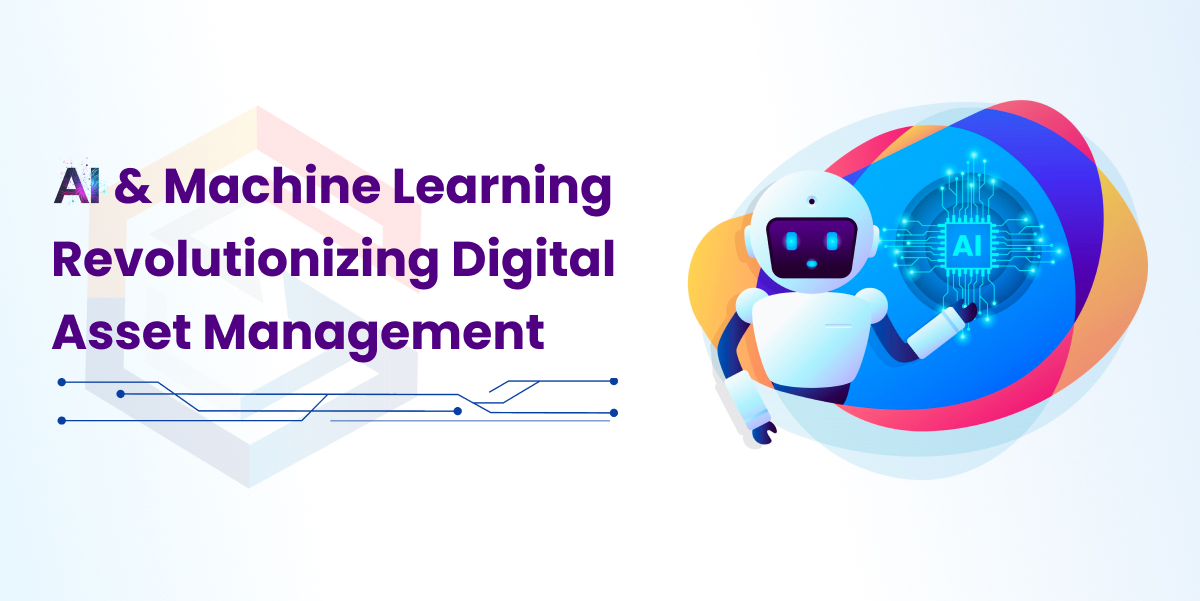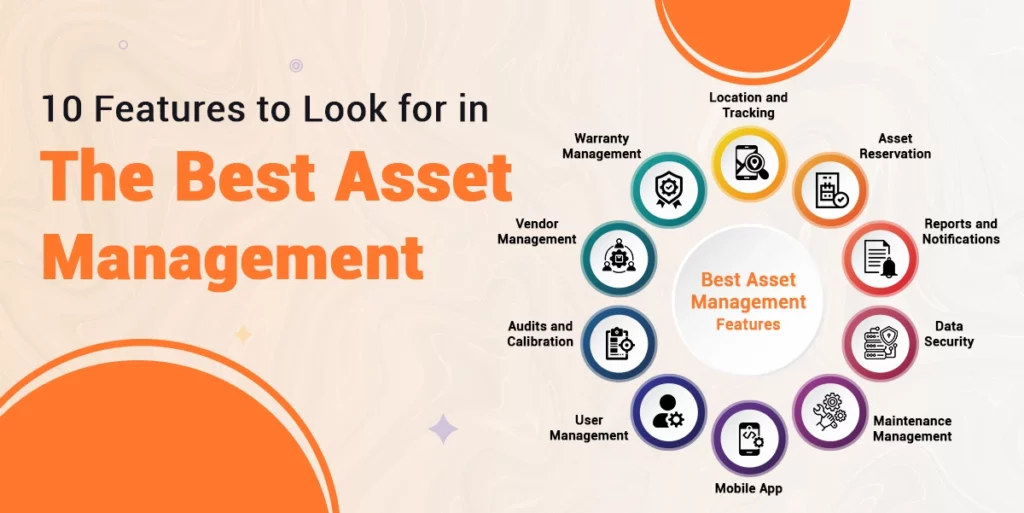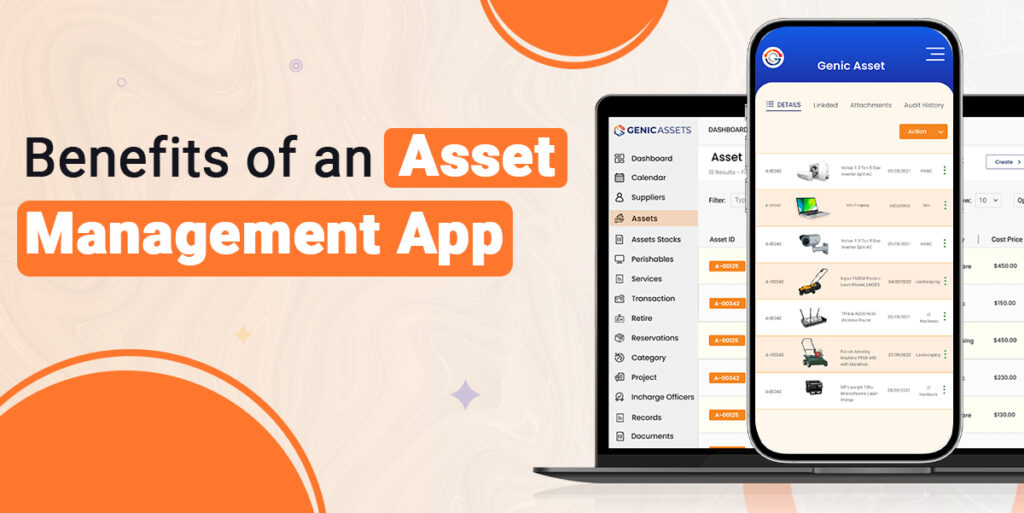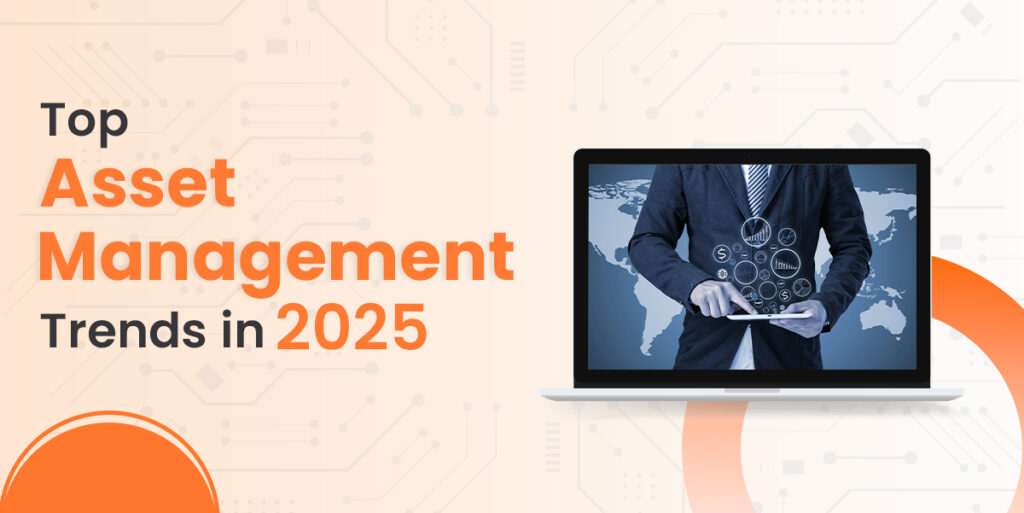
Digital assets are efficiently managed in the revolutionized digital world. Digital asset management (DAM) systems have developed to become very useful tools that are utilized in the storage, organization, and retrieval of extensive collections of digital assets. This ensures valuable material is properly cataloged and, therefore, accessible. The huge growth in digital information has, however, raised quite a big challenge for traditional digital asset management in Singapore. This renders them not to be in a position to keep pace with current corporate operations.
Enter technologies of Artificial Intelligence (AI) and Machine Learning (ML), revolutionizing industries where they learn, adapt, and provide insights. Such technologies have the promise of revolutionizing DAM by automating the laborious discoverability of the asset and supplying it to the decision-maker with the help of predictive analytics for more informed decision-making.
The closer one looks at the combination of AI and ML in DAM, this is clearer that the technologies not only improve what was there before but redefine the whole future of digital asset management in a more intelligent, efficient, and incredibly futuristic feature.
The integration of AI and ML into DAM systems marks a significant leap forward in how we manage digital content. This includes automation of boring tasks into capabilities with insightful analytics that bring to the business capabilities that would be uncommon in allowing the business to harness the full potential of digital assets. But the greatest advantage of weaving AI into the DAM fabric is, that it learns and adapts to make the asset management software process intelligent and efficient with time.
It’s not just an easy application of AI and ML in DAM. Essentially, it will change how the users experience it, thus easier retrieval and organization of the assets. This development will improve the workers’ productivity, and it shall be helpful, in one way or another, to ensure business is at par with the fast-moving digital space.
Most importantly, AI offers an added advantage to DAM by significantly improving the search ability and discoverability of the assets. Traditional keyword searches, in most modern DAM systems that deal with the extremely massive repositories of digital content, more often than not seem hardly inadequate.
With AI search capabilities understanding context, interpreting images, and now, with the added ability to process natural-language questions, any user can alight on the exact item of interest in the shortest possible time. In addition, the search results are always refined based on user interaction and feedback by the use of machine learning algorithms. It is a self-improving mechanism that ensures the system becomes much more accurate and relevant with time, hence largely reducing the time spent in the search for the right assets.
Manually, all the assets had to be tagged, and metadata for all had to be created. It was a laborious job, prone to errors absolutely since it was a human action. Some sense using AI to automate the processes was a must. AI algorithms can recognize the content of the assets and tag them with appropriate metadata.
This accelerates the organization of assets, thus high accuracy in the delivery of the most consistent metadata that makes it easier for users to know the discovery and use of digital assets. The impact of machine learning in this area is profound. However, the algorithm can predict the exact most appropriate tags by analyzing patterns and learning from the data.
AI and ML are great when it comes to the terms of analysis, forecast trends, and future needs. In operations of DAM, this applies to every single individual content suggestion and predictive analytics. They may look into activities, preferences, or ways of interaction by the user with the digital asset and thus predict what type of content would be required in the future, recommending the digital asset that may be used next by a user.
This is of immeasurably predictive value to content creators, marketers, and managers of digital assets since it assures the most relevant and powerful content is at their disposal at all times. More so, the machine learning algorithms iterate on the prediction service with new data continually, hence ensuring that the recommendations remain accurate and relevant with time.
If you are looking for an effective asset management solution for better management, try Genic Assets Management Software Solutions!
Improved Security and Rights Management AI and ML will contribute to the most important security and rights management in DAM to provide advanced solutions, not only for the strengthening of means of security in DAM but for management in a very effective manner of digital rights. AI algorithms will track patterns of access and in case of any kind of access that might go beyond what is authorized by the user or something else that can be a hint of unauthorized access or a potential security breach, they will raise the alerts. This approach to security thereby points toward a major reduction in risks associated with data leaking and guarantees that the digital asset is well protected from cyber threats.
It adds an efficiency touch to DAM workflows that was not possible before. Automating such ordinary tasks of asset cataloging and conversion allows teams to focus on even more strategic activities. For example, AI can automatically classify assets, convert files into different formats, and optimize them for different platforms. In doing so, most of the work is taken off the human labor force, hence leaving way for efficiency, as campaigns and projects are taken to market in less time.
The addition of AI into DAM systems allows for improved present processes through the ability to develop smart workflows. This would be done through predictive analytics that would forecast such things as when assets would need to be stored and what amount of space those assets would need. They further help in analyzing trends related to the use of assets and thus help an organization further improve its strategy related to content and deployment of resources.
However, despite the enormous potential and numerous benefits of the integration of AI and ML with DAM, issues and perspectives that organizations need to consider come to light. One of the biggest fears remains the accuracy of metadata and tags created by AI. Thus, the requirement of the mechanisms of reviewing and correction for the produced information now, by AI, to be accurate and relevant with much better efficiency.
Apart from deploying AI and ML technologies, implementing this technology would also require an immense amount of investment in terms of time, money, and learning. This, in essence, would mean that organizations have to be ready to make gigantic investments in the right kind of infrastructure that their teams would be able to harness for effectiveness through enough training.
So, with it, organizations in this digital landscape would require AI and ML in DAM to include these implementations in the organization to keep up with the competition and even squeeze the values out of the assets. The key point is that it always stays relevant to consider all these so as not to forget about the issues and problems that are connected with AI and ML applications. It would, therefore, be strategic planning, investments, and investments imbued with ethical considerations that enable harnessing AI and ML powers in building revolutionized strategies and workflows within DAM for businesses.
Articles you might like








Genic Assets provide complete visibility, traceability, and accountability of your assets!
Get Started






